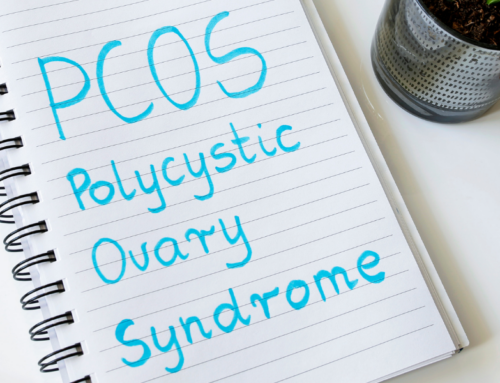Content warning: This article contains images that depict blood.
Your period can reveal more information about your health than you can imagine. In fact, it is considered the sixth vital sign as it is an effective indicator of a menstruator’s state of health.
It is for the same reason that health care professionals are advised to familiarize themselves with the differences between menstrual patterns. After all, being able to identify abnormalities in a menstruator’s periods can be helpful in diagnosing certain health conditions.
But, what are the different things you need to watch for in your period, anyway? Read on so you can find out!
Color
The color of your menstrual blood can reveal an array of information about your current state of health. According to Healthline, your discharge’s color can tell you at which stage you are in your period and if there is something you need to worry about.

Brown
You may have this if your period is just starting or is about to end. It’s also possible that it’s some leftover blood from your previous cycle.
Black
It is linked to brown blood, which is an indication of old blood which did not immediately get expelled from your uterus.
Dark red
When your period is about to end and is already slowing down, you may also have a dark red period. It may also mean that blood has been in your uterus for some time now but it has not oxidized yet, so it’s not yet turning brown.
Bright red
It means that blood is still fresh. It also means that your period is flowing quickly and will darken once the flow slows down.
Pink
This color is common among those who are spotting. If you see this, it may also mean that your period is just about to start or has been mixed with other cervical fluids that’s why it has a lighter shade. Low-estrogen levels and mid-cycle bleeding may also manifest as pink blood.
Orange
It’s something similar to pink discharge that has been diluted by other cervical fluids. But, you also have to watch out as infection is likely in this case.
Gray
If you have a gray discharge that is accompanied by a foul odor or itching, see a doctor as it can be an indication of infection like bacterial vaginosis. To learn more about bacterial vaginosis, you may click here.
Texture
Another thing you should monitor when it comes to your period is its texture. Although clots are generally not a cause for alarm, you have to seek medical attention if your flow is coming out mostly in clots, similar to jam.

You should also seek medical attention when you see a clot that’s around 24.26 mm in diameter or as big as the P5 coin.
Volume
How much blood comes out of you is also something you need to monitor. You have to take note of any abnormality as it can be an indication of your health.

If you think your period is heavier than usual and lasts longer than it should, you should see a doctor as it may have something to do with a bleeding disorder.
More specifically, you should get concerned when you experience any of the following:
- Bleeding heavily for more than a week
- Having heavy flow that keeps you from performing your daily activities
- Having clots that are as big as a P5 coin or around 24.26 mm
- Filling your menstrual cup faster than you usually do
Abnormally heavy flow can also be an indication of any of these:
- Problems with reproductive organs or hormones
- Infections
- Blood disorders
But of course, it can also be an effect of blood thinners or copper IUDs.
Abnormal heavy bleeding should not be taken lightly as it may lead to iron deficiency anemia. You can learn more about it here.
Keep in mind, however, that you should not start taking iron supplements unless prescribed by a doctor.
Timing
Taking note of when your period comes and goes is important as it can reveal certain medical conditions that you are not yet aware of.

Missed Periods
Besides pregnancy, a missed period can be caused by a number of things, including:
- Stress
- Hormone imbalance
- Being underweight
- Scar tissue
If you miss three periods in a row, make sure that you see a health care professional. You should also take note of other symptoms that coincide with your missed periods. For example, missed periods that come with extra hair growth, difficulty controlling weight, and acne may be an indication that you have polycystic ovary syndrome or PCOS. Read more about PCOS here.
Early periods
Normal cycles last anywhere from 24 to 38 days. However, things such as the following may also shorten your cycle:
- Stress
- Weight loss
- More exercise
If your cycle lasts less than 24 days, consult your doctor.
Bleeding in between periods
Spotting or bleeding in between periods can be caused by a lot of things, including:
- Growth in and around your uterus
- Hormonal problems
- Issues with your current type of birth control pills
- Sexually transmitted diseases (STDs), including chlamydia and gonorrhea
To find out what’s really causing the bleeding, see a doctor.
Periods are complex. Track them not only by taking note of your flow’s length and on which days they fall, but also other information about them.

We hope that this guide has helped you have a better understanding of what your periods can possibly reveal about your health.







